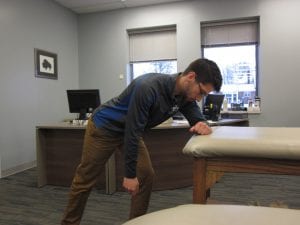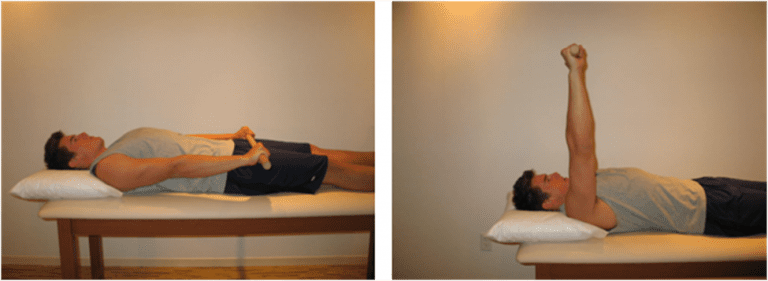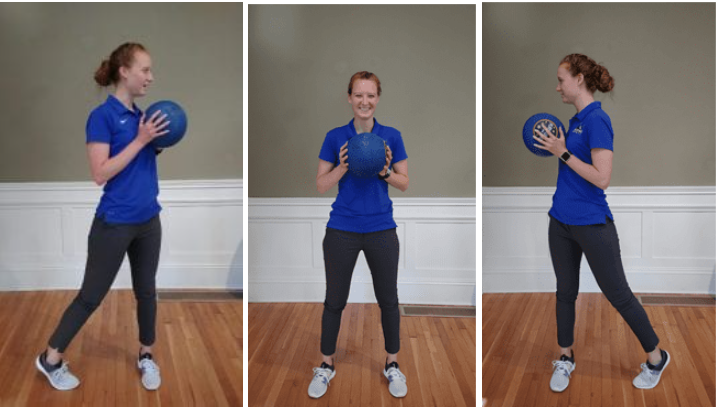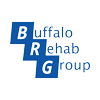Three Safe Exercises for Shoulder Osteoarthritis
- Signs and symptoms of shoulder osteoarthritis
- Three exercises you can do to improve motion
- Closing thoughts and tips
Symptoms of Shoulder OA
Osteoarthritis develops gradually over time. As the cartilage within the shoulder joint wears away and breaks down, the ball can’t glide smoothly in the socket. This leads to pain and decreased mobility. Early in the progression of arthritis, one might begin to notice pain that is deep in the shoulder and often localized to the back of the shoulder2. Night pain is very common as osteoarthritis continues to progress2. Along with that, decreased range of motion may limit your ability to lift your arm and complete tasks as simple as combing your hair. You may notice a feeling of “grinding” and “clicking” as you move your arm. A physical therapist will evaluate your motion and strength, then, provide a plan of care including strengthening and stretching exercises to increase range of motion and decrease pain.
Three Exercises to Help Improve Motion OA
You may believe that exercising more will lead to worsening of pain and further progression of arthritis. However this is a common misconception. Motion is lotion! Not exercising can lead to further loss in range of motion, loss of strength, and joint instability. Here are three simple exercises you can do at home to help shoulder mobility.
Pendulum
The pendulum is an exercise used for passive motion of the shoulder. This means that the shoulder is moving – the ball is moving in the socket – without actively engaging the shoulder muscles. This helps to facilitate smoother gliding at the shoulder joint. To perform this exercise:

Lean forward at the waist while holding on to a kitchen counter or table.
Allow the affected arm to hang down toward the floor.
Shift your weight in circles allowing your arm to swing in small circles.
Using a light weight (1 or 2 lbs) can actually help the arm to relax so that gravity and momentum can move the arm. You should not be actively using the muscles of your arm at all.
Perform clockwise and counterclockwise, 3×30 seconds, 3 times/day.
Cane Active Assisted Range of Motion
This is another exercise used for passive motion of the shoulder. Once again, we are not actively engaging the shoulder muscles. In this exercise we’ll use a cane to help raise the affected arm. To perform this exercise:

Lay on your back, holding a cane with the elbows straight.
Allow the non-affected arm to lift the cane overhead while holding on with both hands.
The non-affected arm will help to raise the affected arm overhead.
Perform 10 repetitions, 3 times/day.
Don’t have a cane? No problem! You can use broomstick, golf club, or anything else you might have around the house.
Standing Core Rotation
Did you know that our shoulder blades are mobile? In fact, they are very important for proper shoulder motion. The shoulder joint and shoulder blade move in a 2 to 1 ratio. If our shoulder blades and upper back aren’t moving well, then our shoulders won’t be able to move well. To perform this exercise:

Stand tall with good posture, holding a light ball at your chest.
Turn to one side, keeping the ball at your chest. You should not be actively moving your arms.
As you turn, lift and turn the foot opposite the side you are turning towards. Repeat to the opposite side.
Perform 20 repetitions, 3 times/day
You can use a soccer ball, basketball or a pillow. If you don’t have any of those, you can fold your hands together into praying hands.
While important to maintain motion, it’s best to avoid movements that increase pain, as these will delay the healing process. Those painful motions will generally be reaching overhead, reaching behind yourself, and lifting. Stick to movements below shoulder height, try these three exercises, and remember, motion is lotion!
Want to feel and move your best?
Treatment is covered by insurance, no referral is needed to start, and with flexible virtual and in-clinic appointments available, you can find a time that works with your schedule.
Click the button below to get started.
